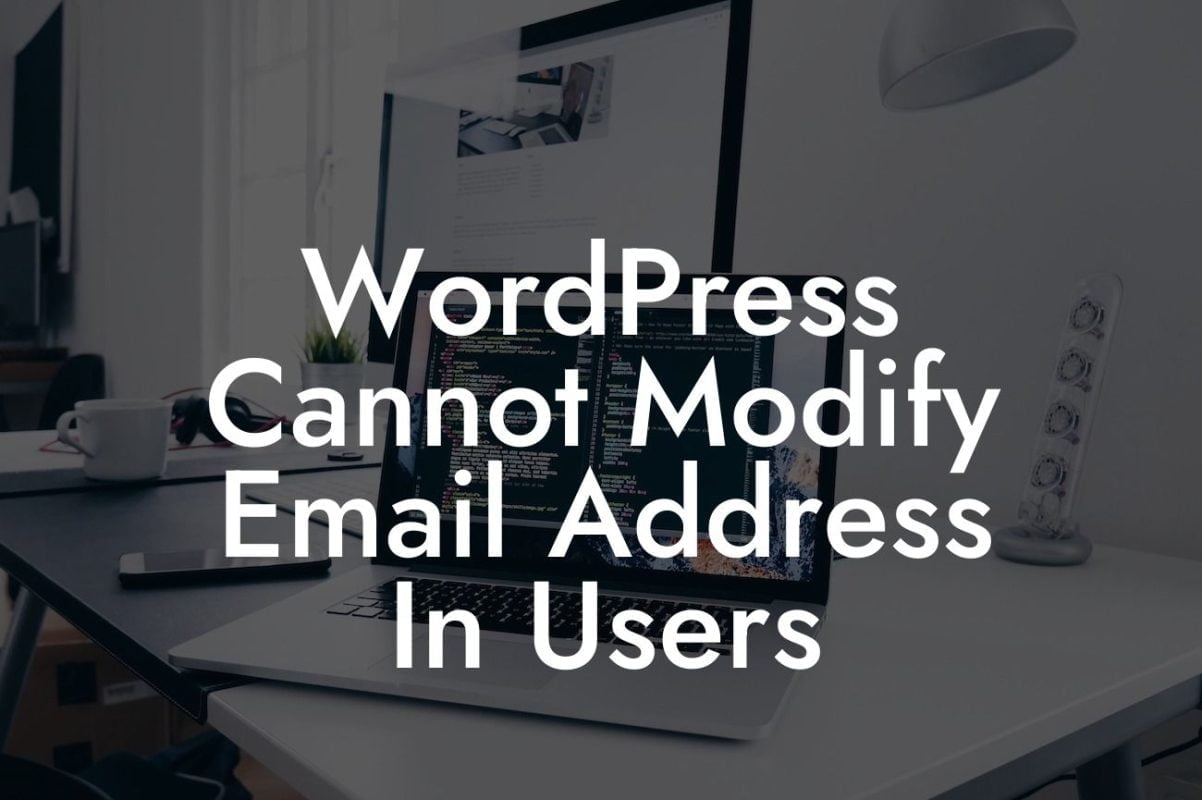Starting a website is an exciting adventure, but sometimes the pre-built themes available may not fully align with your vision. That's when modifying the code of your WordPress theme comes into play. By customizing the code, you can transform your website into a unique and personalized online platform. In this detailed guide, we will walk you through the process of modifying theme code, helping you add that extra touch of creativity to your website.
Modifying the theme code may sound complex, but with our step-by-step instructions, you'll be able to make changes without hassle. Follow these simple steps to get started:
1. Backup Your Theme:
Before making any modifications, it's crucial to create a backup of your current theme. This way, if anything goes wrong, you'll have a clean slate to revert to. We recommend using a suitable WordPress backup plugin or manually copying your theme files to a safe location.
2. Understand the Structure and Hierarchy:
Looking For a Custom QuickBook Integration?
To effectively modify the code, it's essential to familiarize yourself with the structure and hierarchy of a WordPress theme. Different templates and files control specific areas of your website. Understanding this organization will make it easier for you to find and modify the necessary code.
3. Child Theme:
To maintain the ability to update your theme in the future, it's best to create a child theme. A child theme is a separate directory that allows you to make modifications without altering the core theme files. By creating a child theme, you can enjoy the benefits of updates and bug fixes while keeping your modifications intact.
4. Customize CSS:
Many visual changes can be made by modifying the CSS (Cascading Style Sheets) of your theme. CSS determines the appearance of your website, including colors, layouts, and fonts. By targeting specific elements in the CSS file, you can add your own styles, override existing ones, or make minor adjustments.
5. PHP Modifications:
If you want to make functional changes, modifying the PHP (Hypertext Preprocessor) files is essential. PHP code controls the dynamic aspects of your WordPress website, such as widgets, post templates, or custom functions. With a basic understanding of PHP, you can customize and extend your website's functionality to suit your needs.
Wordpress Modify Theme Code Example:
Let's say you want to remove the date and author information from your blog posts. By accessing the PHP file responsible for displaying the post meta data, you can easily comment out or delete the necessary code. This simple modification will give your blog posts a cleaner and more focused appearance.
Congratulations! You have successfully learned how to modify the code of your WordPress theme. By customizing the CSS and PHP files, you can make your website a true reflection of your brand and personality. Remember to regularly update your theme and create backups to ensure a seamless experience. Explore other useful guides on DamnWoo to enhance your WordPress knowledge, and don't forget to check out our awesome plugins to further supercharge your online success. Share this article with others who might find it valuable and start creating a website that stands out from the crowd.













